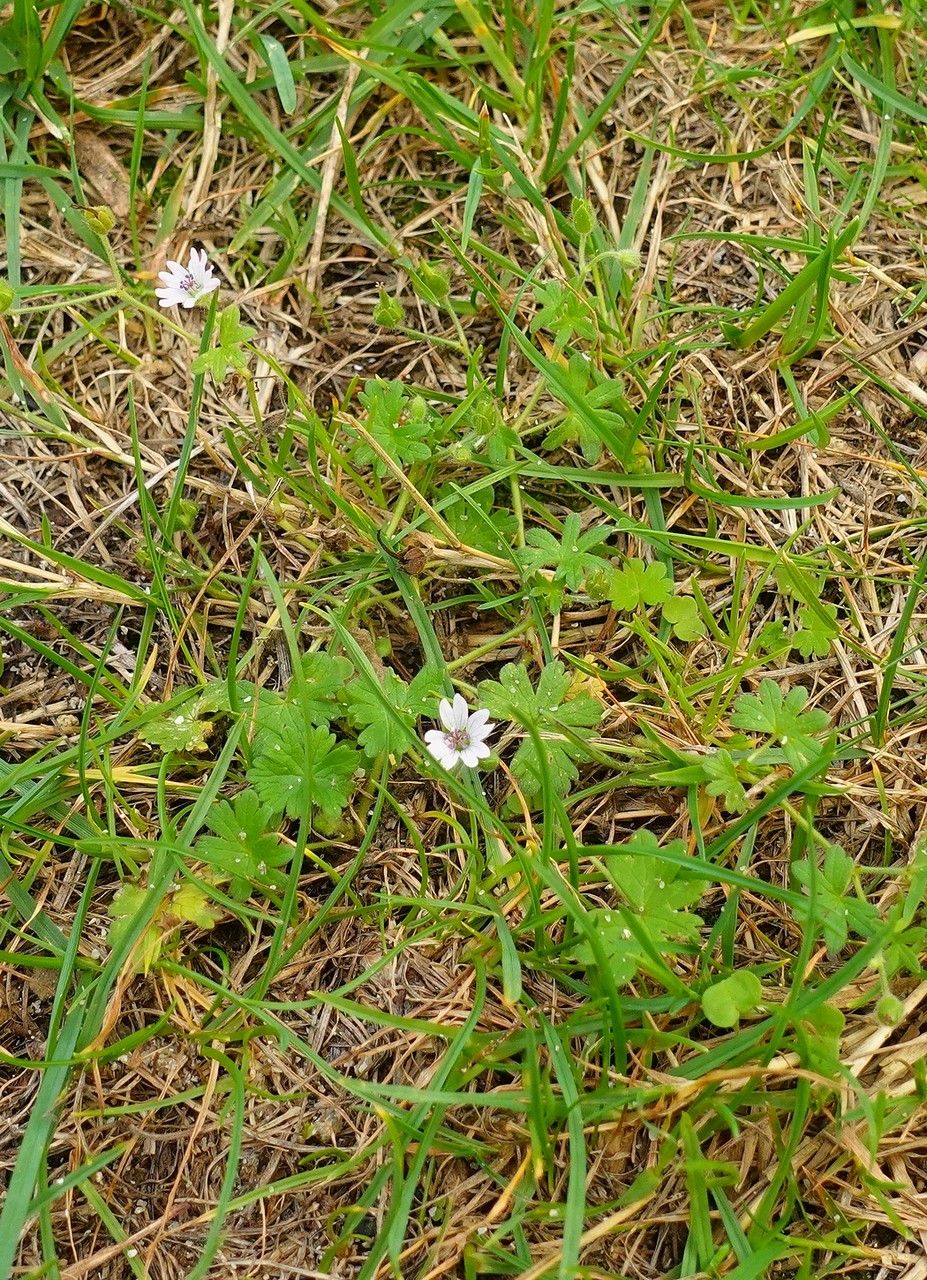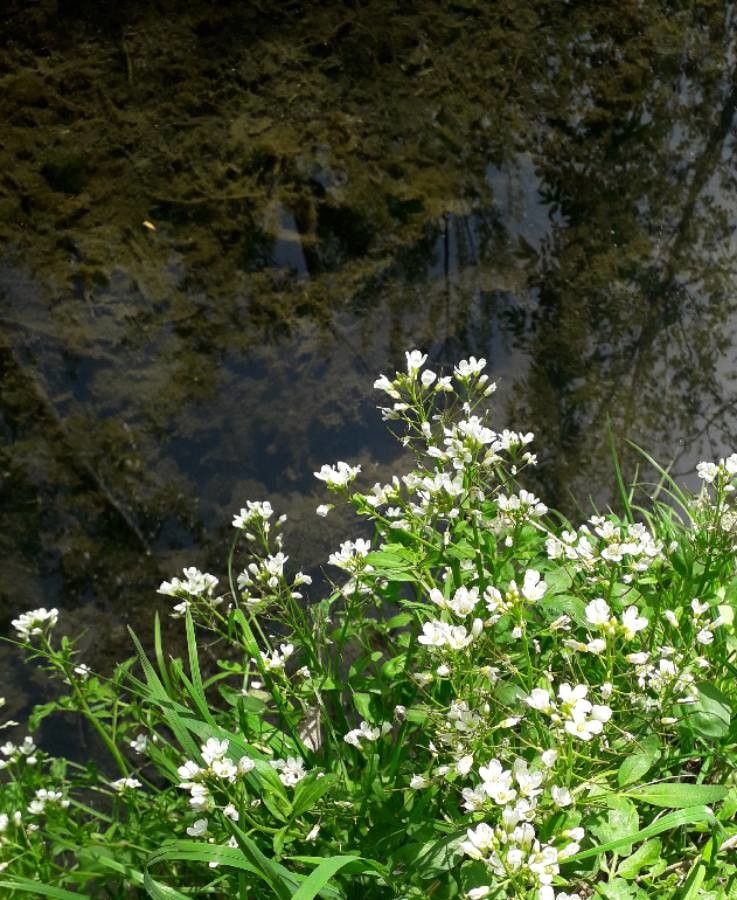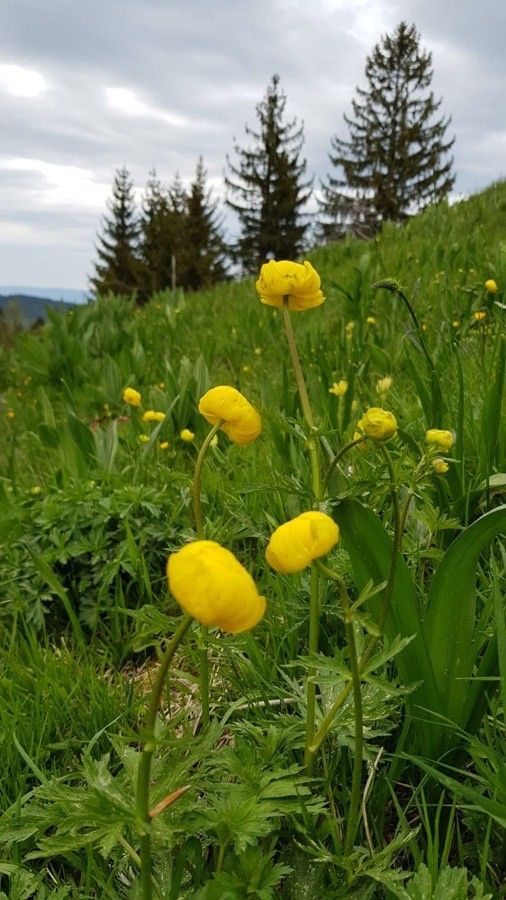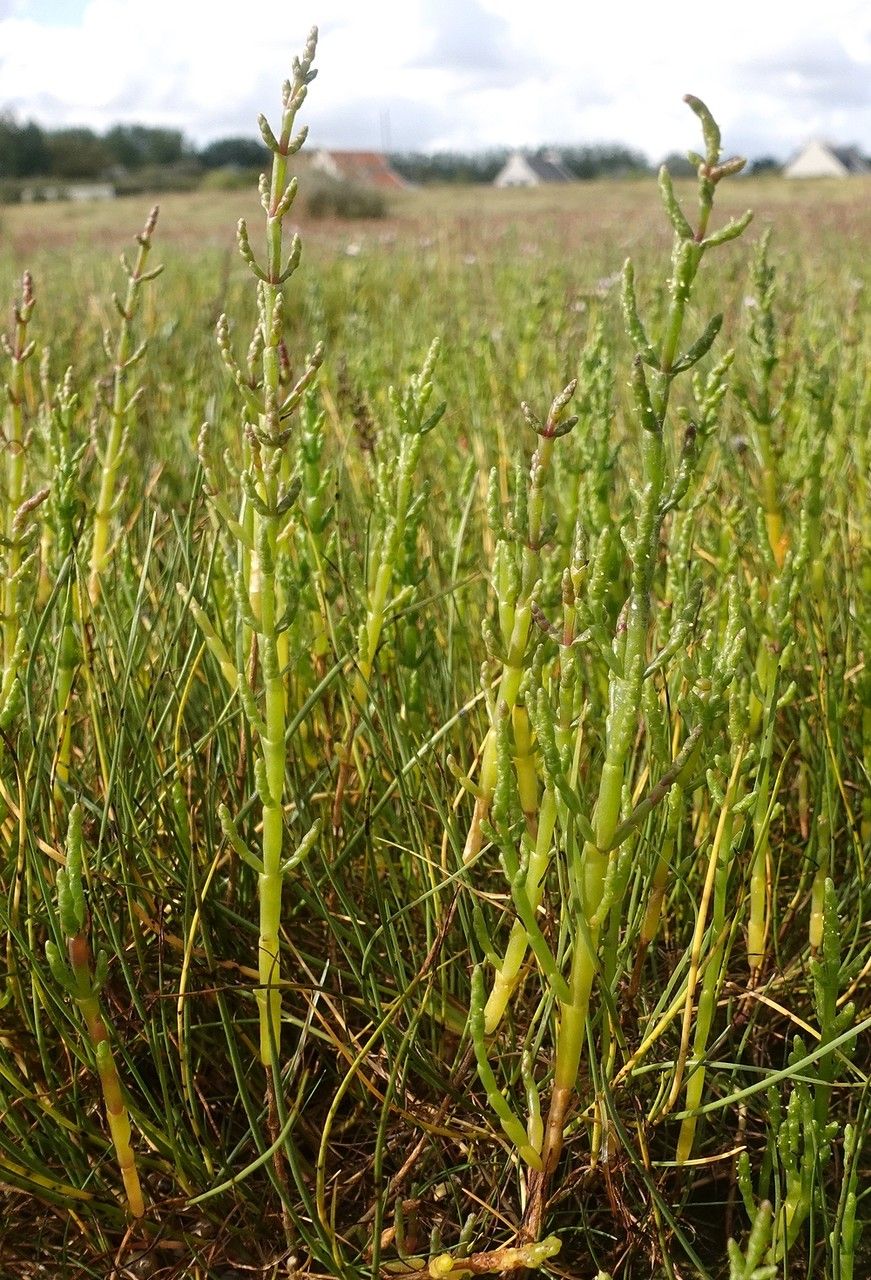### Small-Flower Crane's-Bill: A Delicate Wildflower
The Small-flower Crane's-bill (*Geranium pusillum*), a member of the Geraniaceae family, is a charming and unassuming wildflower often overlooked in its delicate beauty. This low-growing perennial boasts small, pale pink or lavender flowers with finely dissected leaves, creating a delicate ground cover ideal for various garden settings. Unlike some of its more showy cousins, the Small-flower Crane's-bill offers a subtle elegance that adds a touch of natural grace to any landscape.
### Habitat and Growth
This adaptable plant thrives in a variety of conditions, demonstrating its resilience and ease of cultivation. Naturally found in disturbed areas, meadows, and along roadsides throughout Europe and Asia, the Small-flower Crane's-bill is remarkably hardy. It tolerates full sun to partial shade, making it a versatile addition to gardens with varying sun exposure. Its preference for well-drained soil, however, should be considered when selecting a planting location. Avoid overly wet or compacted soils, as these conditions can lead to root rot.
### Soil Needs and Planting
The Small-flower Crane's-bill prefers well-drained soil that's moderately fertile. Amend heavy clay soils with organic matter like compost to improve drainage and aeration. While it can tolerate poor soils, providing slightly enriched soil will lead to more robust growth and flowering. Planting can be undertaken in spring or autumn. Seed sowing is a straightforward method, and once established, this plant will readily self-seed, spreading gently to create a delightful ground cover. Propagation via division is also possible in spring or autumn.
### Care and Maintenance
Minimal maintenance is required for this hardy plant. Regular watering is necessary, especially during dry periods, but avoid overwatering, which can harm the roots. Deadheading spent flowers encourages continued blooming throughout the growing season. While generally pest and disease resistant, monitor for common garden pests and treat promptly if necessary. In colder climates, some winter protection might be beneficial, especially for younger plants. As it spreads via self-seeding, regular thinning may be required to prevent it from becoming too dense in certain areas.
### Uses in the Garden
The Small-flower Crane's-bill's diminutive size and delicate appearance make it an excellent choice for rock gardens, borders, or as a ground cover in areas where larger plants might overwhelm it. Its subtle color palette complements many other garden plants and provides a lovely textural contrast. Consider planting it alongside other drought-tolerant perennials or wildflowers for a naturalized look.
### Identifying Small-Flower Crane's-Bill
Key identifying features include its small, five-petaled flowers, typically pale pink or lavender, and its finely divided, palmate leaves. Its low-growing habit and preference for open areas also help to distinguish it from other geraniums.
The Small-flower Crane's-bill, although understated, offers a unique charm and valuable contribution to any garden setting. Its ease of cultivation and resilience make it a fantastic choice for both novice and experienced gardeners.
Small-Flower Crane's-Bill: Guide & Care

Frequently Asked Questions
How do I care for Small-flower Crane's-bill?
Provide well-drained soil and regular watering, especially during dry spells. Deadhead spent flowers to encourage continuous blooming. Minimal pest and disease control is typically needed.
Is Small-flower Crane's-bill invasive?
While it self-seeds readily, Small-flower Crane's-bill is generally not considered invasive. However, regular thinning may be necessary to manage its spread and prevent overcrowding.


